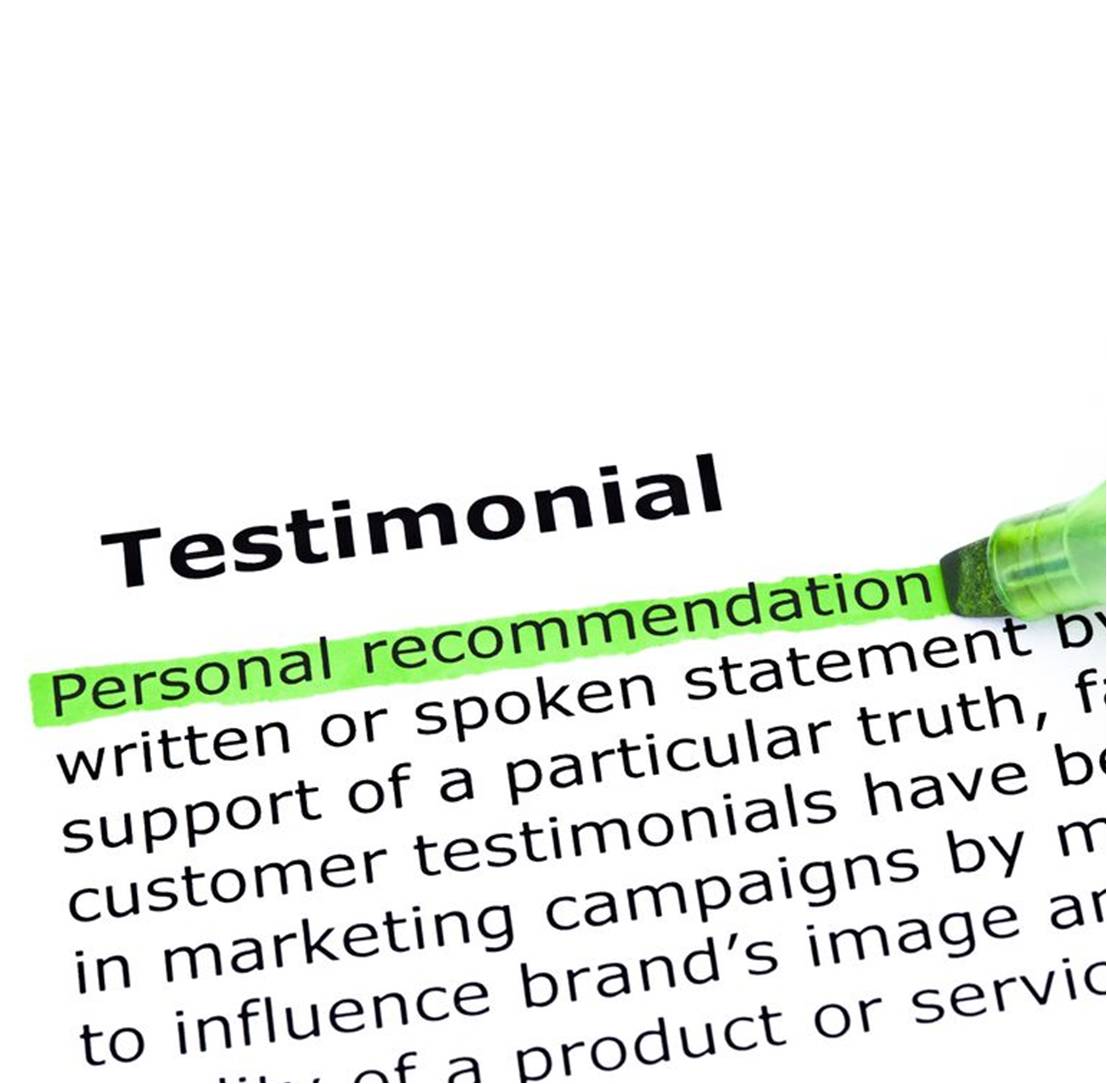Make the most of great testimonials
Are testimonials a helpful reassurance for potential clients, or are they self-serving bragging?
I get asked this a lot when helping clients with websites. Well, it depends on what they say – and how you use them.
I hope that this article will help you to make the most of great testimonials.
Everyone knows that a business is only going to publish a good testimonial on their website. Therefore, it becomes very much about gaining the right testimonials from your clients, and using them in the right way.
Make the most of great testimonials
My top DO’s:
- Focus on testimonials that highlight what makes your business unique – your amazing service, specific talents or strengths, etc. Great testimonials don’t just focus on the end result, they focus on the journey. Testimonials that show how you solved a problem, or met the specific needs of the customer provide far more insight and reassurance than a generic “The service was awesome!”
- Ask clients for feedback/testimonials. Either make it a standard part of your sales process, or contact key clients and request a testimonial for your updated marketing materials. Be specific if possible to get the type of testimonial that will work for your target audience – “It would be great if we could get your feedback on the way we handled x” or “Let us know how you felt when you opened you courier package”.
- Keep quotes short and snappy – and if possible include the client’s name, business and email address or web address.
- Use photos where possible – it adds another layer of humanity to the words. It also adds social proof. People like to follow the lead of others like themselves, so seeing faces helps to
- Use logos of well-known brands or people you have done work for. The recognition of these by your target audience can give additional social proof to give you a boost over the competition.
- Use testimonials within the context of specific services or products. If you have a rave review for a specific service you offer – put that testimonial on the sales page on your website.
- Leverage the great ones across different channels. If you get a great testimonial on LinkedIn, Facebook, etc – make sure to copy these for your records and leverage the best ones across your website and other materials (with permission of course!)
My top DON’T’s:
- Don’t create fake testimonials – just don’t!
- Don’t use testimonials that sound generic and cliched – if they could be about any other business then it doesn’t present any helpful information for your potential clients.
- Don’t over-edit! Keep the testimonial as original as possible. Take snippets from long testimonials and correct any typos for sure, but don’t try to change the actual wording or tone.
- Don’t automatically delete the bad ones If testimonials come in the form of product reviews – and you get a negative one, use this as an opportunity to reply and demonstrate to customers how you handle things if they are not happy. Doing this well can be as good as a good testimonial for your business.
- Don’t focus too strongly on out-of-date testimonials. If something amazing happened in 2006, great – but don’t make it the centrepiece of your testimonial presentation. What have you been doing since?
Takeaway shops that have “Best Fish and Chips 2007” signs in the window make me wonder if their standards have dropped since…?
If you know a business display or use their testimonials in a fantastic way, it would be great if you could comment below and share the link – let’s build a library of examples for people to see!






